Because pets deserve a fighting chance too.
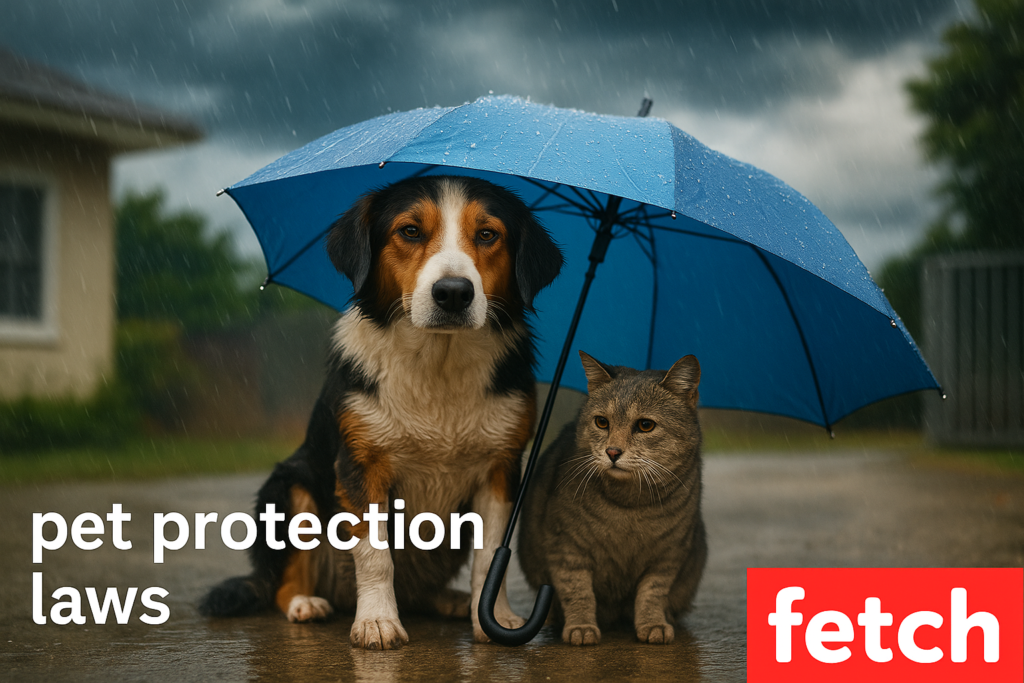
Natural disasters don’t knock first. And while we’re scrambling for safety, our pets often become silent victims. Many families have faced the gut-wrenching decision of leaving animals behind simply because laws didn’t protect them. But not anymore. These pet protection laws were created to ensure that when disaster strikes, our furry friends aren’t forgotten. Some of them could make the difference between survival and heartbreak. Curious what they are? Keep reading.
1. PETS Act (Pets Evacuation and Transportation Standards)
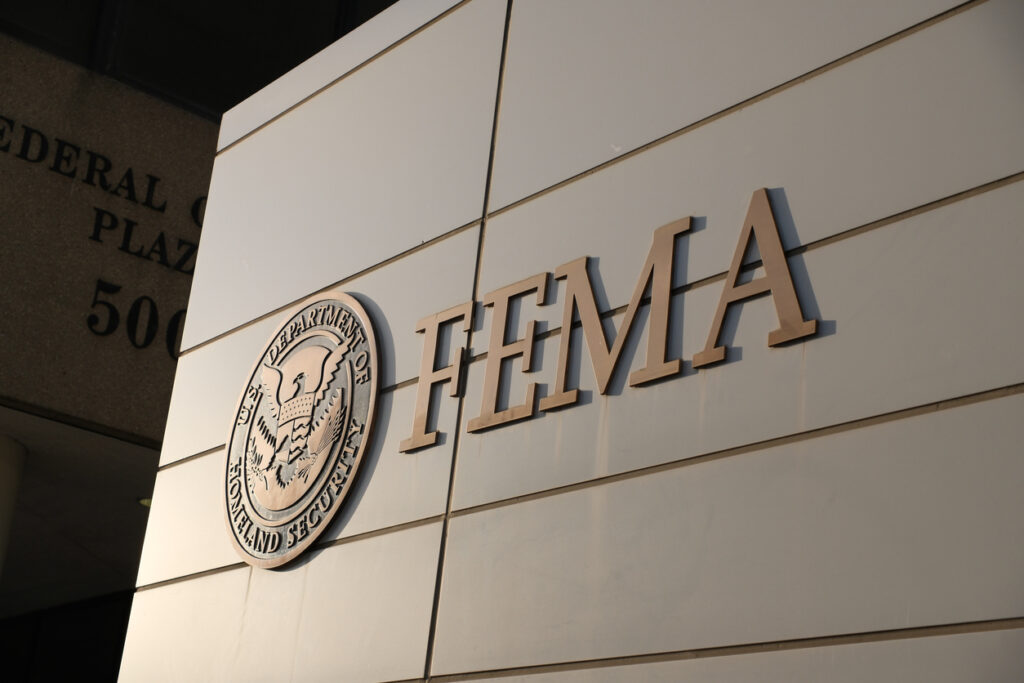
Passed after Hurricane Katrina, the PETS Act changed everything. It requires states seeking FEMA assistance to have disaster plans that include pets and service animals. Why? Because too many people refused to evacuate without their animals, putting everyone at greater risk. This law ensures pets aren’t left behind, giving them the same right to safety as humans. It’s a powerful shift toward humane disaster response and a step forward in emergency planning for pet lovers.
Source: Pet Evacuation
2. State-Level Emergency Pet Sheltering Laws
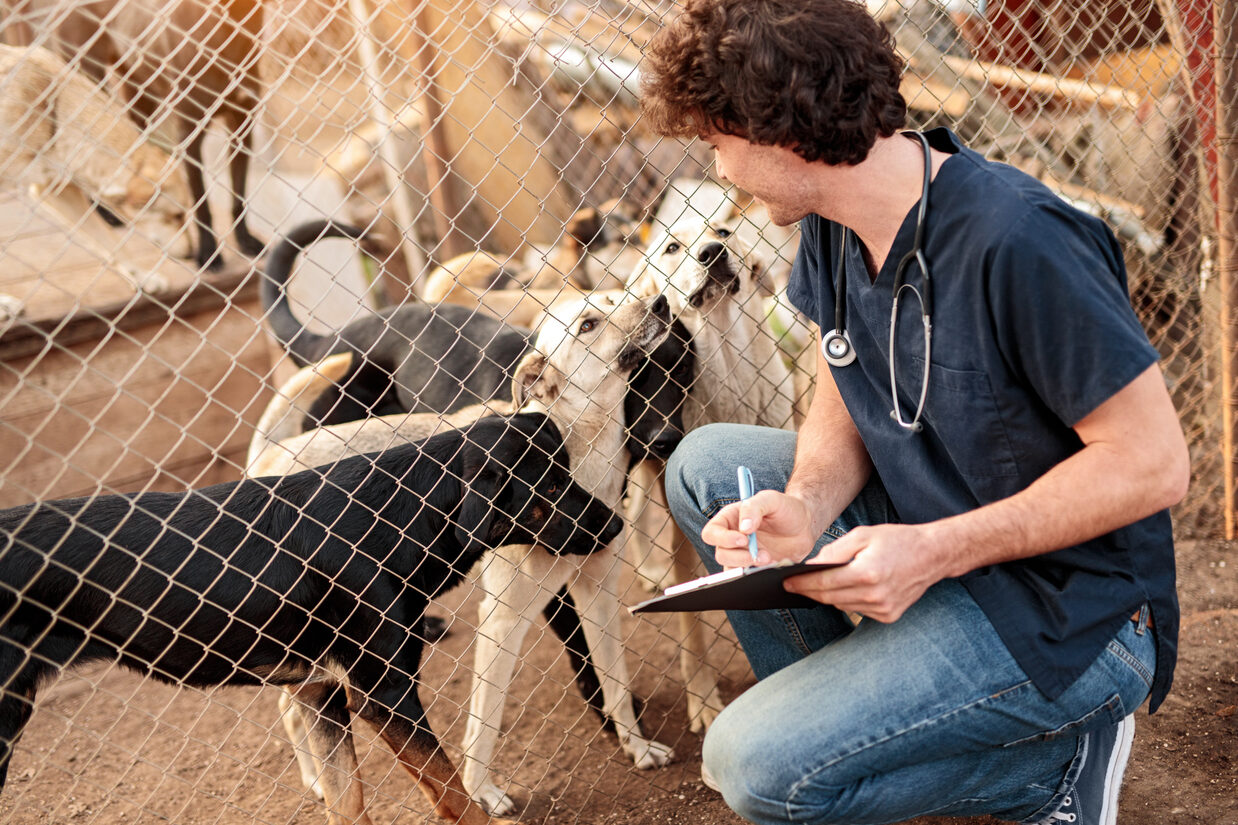
Some states took the PETS Act a step further. Laws in places like Florida and California now mandate pet-friendly shelters during declared emergencies. These laws consider not just the evacuation, but what happens afterward. Families can stay with or close to their animals, easing trauma for both. Experts argue this strengthens overall disaster response by keeping people calm and reducing the risk of pets being abandoned or harmed in overcrowded facilities.
Source: Animal Law
3. Microchipping and Reunification Policies
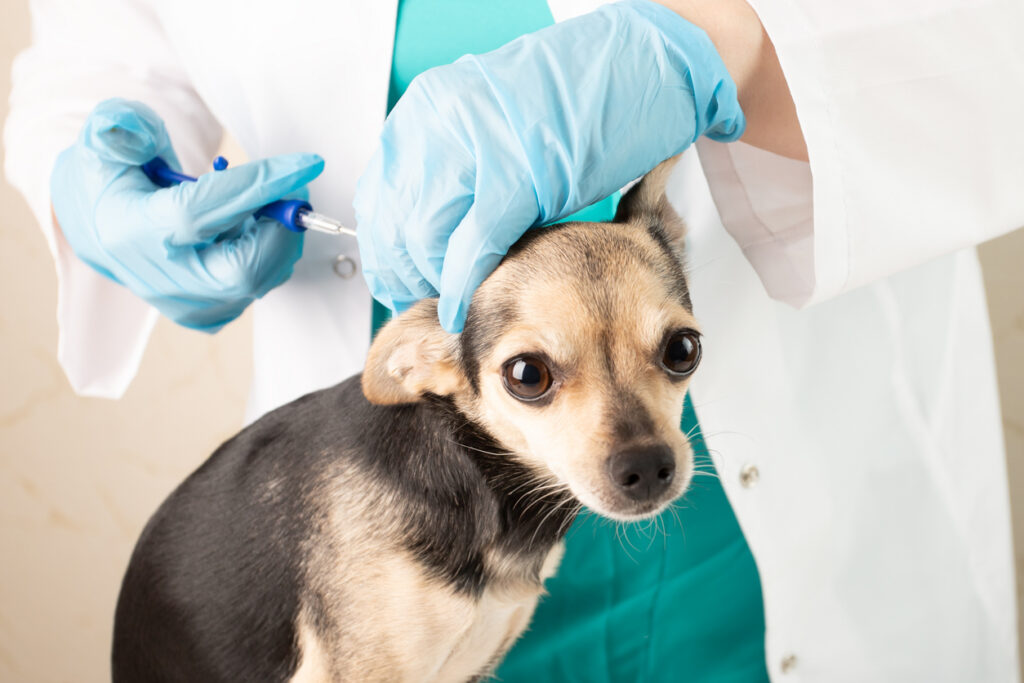
Several states have built microchipping into their disaster protocols. When animals are displaced during floods or fires, microchips make it easier to reunite them with their families. Some areas even deploy mobile scanning units to disaster zones. This simple tech has become a lifeline, reducing shelter overcrowding and heartbreak. It’s one of the most effective tools for reducing the emotional and logistical chaos that follows a disaster involving pets.
Source: ASPCA
4. Mandatory Pet Evacuation Drills in High-Risk Areas
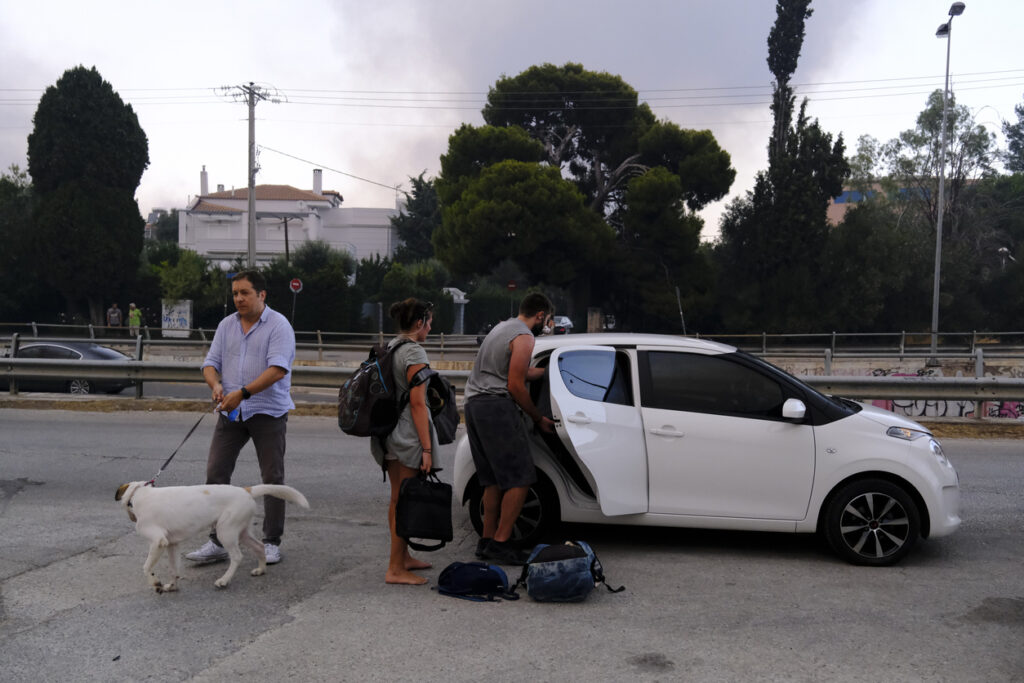
In wildfire-prone areas like California, some localities have implemented mandatory pet evacuation drills. These drills teach residents how to quickly pack up their pets and move them to safety. Experts say they help reduce panic during actual emergencies and boost survival rates. Knowing where to go and what to do with your animal in a crisis can mean the difference between life and death, especially in fast-moving disasters.
Source: Ready
5. Emergency Transportation Funding for Pets
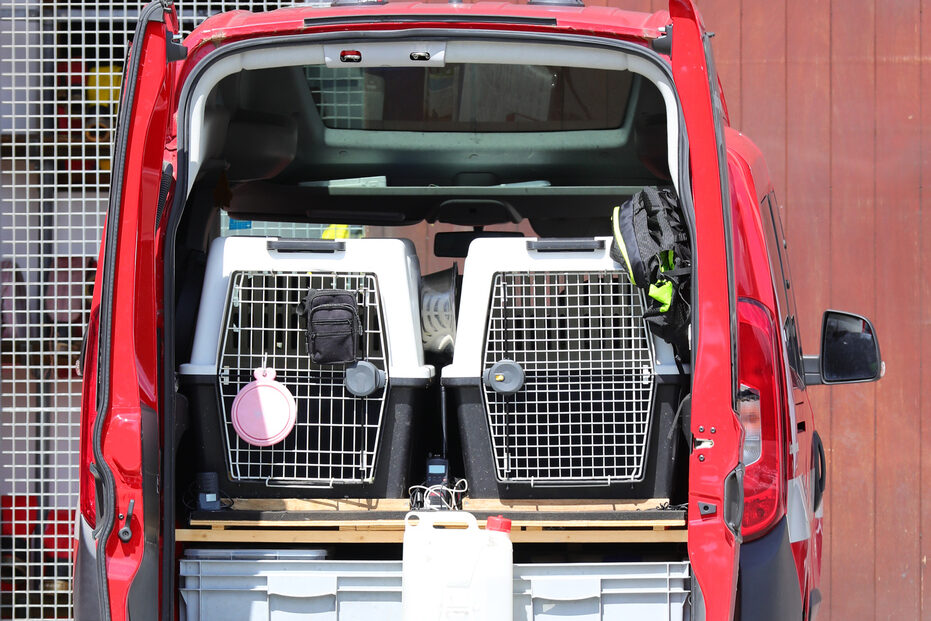
Some states now offer grants and emergency funds specifically for transporting animals out of disaster zones. These funds help cover costs for rescue vehicles, temporary kennels, and fuel, ensuring pets aren’t left behind because of financial strain. Animal welfare organizations often rely on this funding to act fast. The goal? Get animals out quickly and safely before roads are blocked or shelters are full. It’s a quiet but critical part of pet disaster response.
6. Animal Search and Rescue Laws
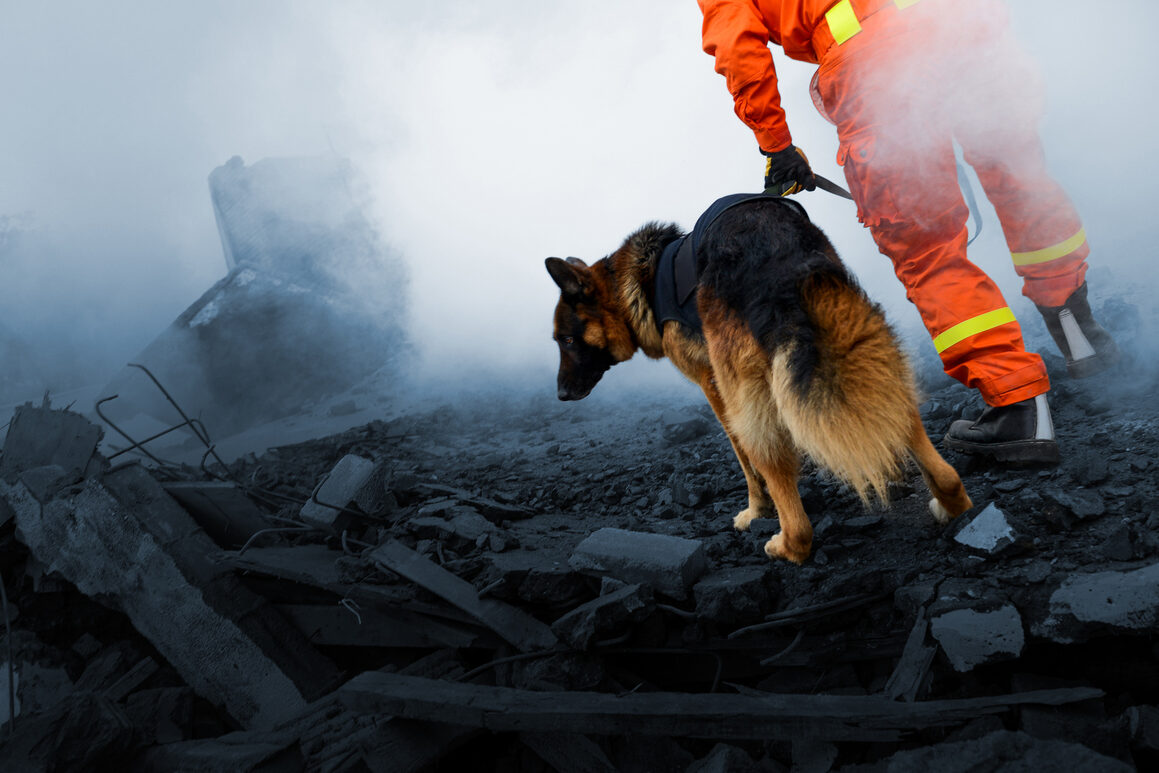
Certain states empower emergency responders to enter homes and rescue animals after a mandatory evacuation. These animal search and rescue laws fill a painful gap. Too often, pets were found days later, malnourished or worse, simply because no one was allowed back in. Now, trained professionals can go in legally, equipped with animal-specific tools and protocols. It’s not just about saving animals; it’s about giving families hope and healing after devastation.
Have you thought about what you’d do with your pets in a natural disaster? Share your emergency plan in the comments or tell us what your state is doing to protect furry family members. Let’s spark a conversation that could save lives, both human and animal.


